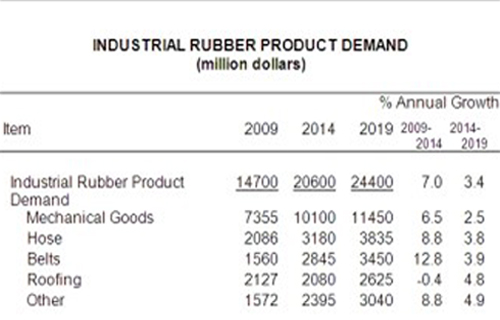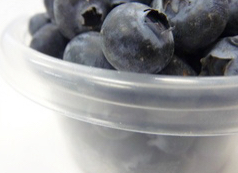The world has a plastic pollution problem and it’s snowballing—but so is public awareness and action. National Geographic magazine devoted a special cover package to plastic in June 2018. Here, we continue to track some of the developments around this important issue. We will update this article periodically as news develops.
CANADA AIMS TO BAN SINGLE-USE PLASTICS BY 2021
Prime Minister Justin Trudeau announced Monday that in addition to banning single-use plastics, his government would take other, unspecified steps to reduce plastic pollution.
Trudeau did not specify the products to be banned, but said likely candidates include plastic bags, straws, cutlery, plates and stir sticks “where supported by scientific evidence and warranted.”
“You’ve all heard the stories and seen the photos,” he said. “To be honest, as a dad it is tough trying to explain this to my kids. How do you explain dead whales washing up on beaches across the world, their stomachs jam packed with plastic bags?
“How do I tell them that against all odds, you will find plastic at the very deepest point in the Pacific Ocean?”
Canada, which has 151,019 miles of coastline–the world’s longest–and a quarter of the world’s fresh water, joins a growing list of nations taking steps to reduce the use of disposable plastics. More than 60 nations have taken steps to reduce single-use plastics by imposing bans or taxes, according to a United Nations report published last year. In March the European Union’s parliament voted to ban the top 10 single-use plastic items found on European beaches by 2021. The EU measure also calls for 90 percent of plastic bottles to be recycled by 2025. Member states must work out the details of bans before the 2021 deadline.
India’s prime minister, Narendra Modi, who was overwhelmingly reelected last month to a second five-year term, declared in 2018 that India would eliminate all single-use plastic by 2022, an ambitious plan for the world’s second most populated country.
Trudeau made his announcement at the Gault Nature Reserve outside Montreal. He noted that Canada recycles less than 10 percent of its disposable plastics, and is on track to throw away $11 billion worth of disposable plastic by 2030 unless things change.
He said the federal government will work with provinces and territories to introduce standards and targets for plastics manufacturers and retailers so they become more responsible for their plastic waste. Trudeau said he also supports efforts by Canada’s minister of environment to create a nationwide strategy for zero plastic waste.
“This will be a big step but we know we can do this for 2021,” Trudeau said.
PERU RESTRICTS SINGLE-USE PLASTIC
Visitors will no longer be allowed to carry in single-use plastics into Peru’s 76 natural and cultural protected areas, from Machu Picchu to Manu to Huascarán, or national museums. This ban is now going into affect and was announced as a Supreme Decree by Peru’s Environment Minister, Fabiola Muñoz, and signed by President Martín Vizcarra, back in November.
The decree says the goal is replacing single-use plastics with “reusable, biodegradable plastic or others whose degradation does not generate contamination by micro-plastics or dangerous substances.”
At world-famous Machu Picchu, tourists produce an average of 14 tons of solid waste per day, much of it plastic bottles and other single-use packaging.
In December, Peru’s Congress had also passed a law to phase out single-use plastic bags across the country over the next three years. According to Peru’s Environment Ministry, the country uses 947,000 tons of plastic each year, while 75 percent is thrown out and only 0.3 percent is recycled.
SAN DIEGO BANS STYROFOAM FOOD AND DRINK CONTAINERS
San Diego has joined a growing number of cities to ban containers made of polystyrene, better known as Styrofoam—the Dow Chemical trademark name for extruded polystyrene. The ban includes food and drink containers, egg cartons, ice chest coolers, aquatic toys for swimming pools, and mooring buoys and navigation markers. The ocean-side city is the largest in California to ban polystyrene.
Polystyrene’s popularity as a container stems from its low cost, strength, insulation, and feather-weight buoyancy. Those properties also made it a scourge of plastic waste because it easily breaks into tiny, often airborne particles that are difficult to clean up and is generally rejected by recycling centers as too much trouble to recyclable.
The San Diego City Council voted 6-to-3 on January 8 to approve the ban, despite objections from owners of small restaurants who complained that the costs of using environmentally degradable containers, such as cardboard or compostable paper, could be double. The council first approved the ban last October for a trial period. This week’s vote made the ban permanent.
References : https://www.nationalgeographic.com/environment/article/ocean-plastic-pollution-solutions









